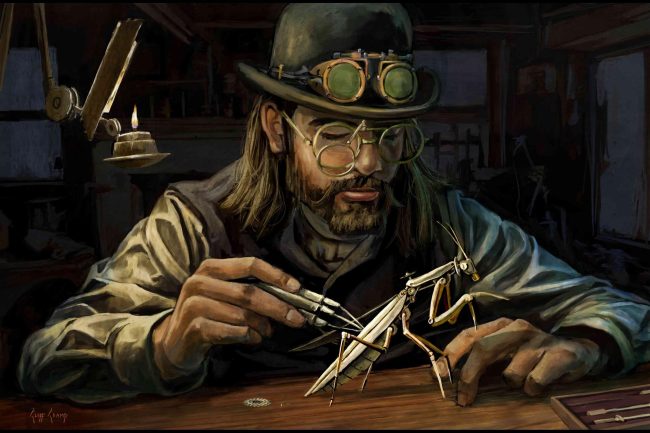steampunk art is a captivating blend of Victorian style and futuristic innovation. It incorporates gears and cogs, brass and copper, and antique light bulbs to create a fascinating aesthetic that is both historical and futuristic.
It has become popular in various mediums, from paintings to sculptures. It has also found its way into fashion, music, and even video games.
Themes
Steampunk embraces the imagination and creative flair of Victorian culture. It also delves into historical reenactments and alternative histories, so it’s important to research these elements to understand the world in which your story is set.
Inventions are a common theme in Steampunk, and creating grand devices like mechanical automatons and airships can add a sense of scale to your universe. It’s important to consider the societal impact of these inventions as well, as they can influence class distinctions, gender roles, and political ideologies.
Thematic themes like rebellion, innovation, and social reform can give your story a rich depth of narrative complexity. You can also incorporate surprising twists by playing with the readers’ understanding of your characters’ motivations and relationships. For example, a trusted ally might suddenly become an enemy or an unexpected discovery could dramatically shift the course of your plot. These unforeseen twists can keep the action on edge and maintain a taut narrative structure.
Materials
Steampunk art requires a variety of materials to create. Most steampunk art is created from metal, especially pieces of iron, brass and copper. Other common materials include glass, wood, leather and antique light bulbs. Metals are often painted with waxes or rust paints to add a metallic finish and give the piece a vintage look.
In steampunk art, the goal is to create a piece that combines Victorian elegance with a futuristic feel. This style can be achieved by incorporating elements of steam-powered machinery, clocks and other mechanical devices into the artwork. It also can be done by combining a Victorian-era style with a modern technological theme, such as using a laptop computer to create steampunk art.
In order to create steampunk art, the artist needs to have a lot of imagination and creativity. Some examples of steampunk art are welded amalgamations of Otto Link saxophone mouthpieces and other musical instrument parts to create a locomotive sculpture or a signed aircraft model.
Techniques
Steampunk artists often use a variety of techniques to achieve their desired effect. Some prefer soft, blended shading while others use sharp, defined shadows. It is important to experiment with different styles to find what works best for you.
Another important technique is adding texture to your drawings. This can be achieved by using different materials like brass, lace, leather, and wood. It is also important to include details such as pipes, wires, and buttons in your designs. This will add a more realistic touch to your art.
Steampunk is a unique style that blends Victorian elements with futuristic technology. It is a genre that has become popular in many different mediums. It can be found in books, film, and even on the stage. With time and practice, you will be able to develop your own steampunk drawing style. Don’t be discouraged if your first few attempts don’t turn out as well as you hoped. With patience and persistence, you will eventually be able to create your own masterpieces.
Inspiration
Steampunk art is all about bending the rules and combining unexpected elements. It’s about imagining a world where steam power reigns supreme, and elaborate gear-based machinery powers fantastical devices that defy the laws of physics. It’s also about a sense of fantasy and adventure, and a love for the old industrial age and Victorian culture.
This genre of art draws inspiration from 19th century scientific romance authors like Jules Verne (“Journey to the center of the earth”, “Around the world in 80 days” etc) and H G Wells (“The time machine”). It has also been influenced by the American Wild West and proto-science fiction themes such as time travel.
It’s possible to create stunning steampunk artwork with the help of some professional hardware tools and a little bit of imagination. However, most tinkerers find that forethought and design are the keys to success in their creations. There are many different ways to create steampunk art, ranging from simple sketches and drawings to elaborate three-dimensional sculptures.
